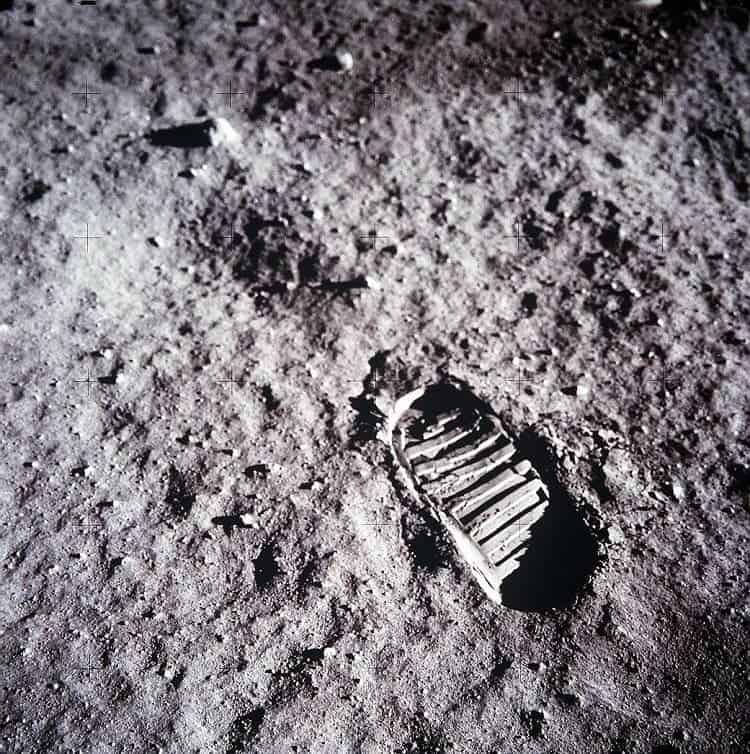In 1969, humans got their initial first-hand impression of lunar soil. The regolith turned out to be a mix of weakly-cohesive detrital materials, but it turns out it is a lot more useful than just imprinting footprints. A new study by Nanjing University material scientists Yingfang Yao and Zhigang Zou, published in the journal Joule, has revealed that this lunar soil can be utilized to generate oxygen, enabling future moon dwellers to not only be able to access breathable air but also cut down on payloads and equipment to our lunar neighbor.
“We use in-situ environmental resources to minimize rocket payload, and our strategy provides a scenario for a sustainable and affordable extraterrestrial living environment,” Yao says.
Currently, there is actual oxygen on the moon (about 45% of the lunar soil is made up of it). However, it isn’t found in its thin atmosphere, but rather in the regolith. But how to extract it?
The researchers hope to construct a system that takes advantage of lunar soil and solar radiation, the two most plentiful resources on the moon. After examining the regolith brought back by China’s Chang’e 5 spacecraft, the research team found the sample included compounds such as iron-rich and titanium-rich substances that could be used as catalysts to extract oxygen using sunlight and carbon dioxide.
Following their finding, the team proposed an “extraterrestrial photosynthesis” strategy. Basically, the system will use components in the lunar soil to electrolyze water extracted from the moon along with astronauts’ breathing exhaust into oxygen and hydrogen, with the entire process powered by sunlight. The carbon dioxide exhaled by those living on the moon will then be collected and combined with hydrogen from the water electrolysis during a hydrogenation process catalyzed by lunar soil to make methane fuel.
While the catalytic effectiveness of regolith is less than catalysts available on Earth, Yao says the team is assessing different tactics to improve the design, such as melting the soil into a nanostructured high-entropy material.
Previously, scientists have suggested many strategies for extraterrestrial survival. But nearly all designs require energy sources from Earth. For example, NASA’s Perseverance Mars rover carries an experimental instrument onboard called the Mars Oxygen In-Situ Resource Utilization Experiment to turn carbon dioxide from the planet’s atmosphere into oxygen. It could produce create enough oxygen to sustain someone for about 10 minutes. However, it’s powered by a nuclear battery onboard.
“In the near future, we will see the crewed spaceflight industry developing rapidly,” says Yao. “Just like the ‘Age of Sail’ in the 1600s when hundreds of ships head to the sea, we will enter an ‘Age of Space.’ But if we want to carry out large-scale exploration of the extraterrestrial world, we will need to think of ways to reduce payload, meaning relying on as little supplies from Earth as possible and using extraterrestrial resources instead.”










